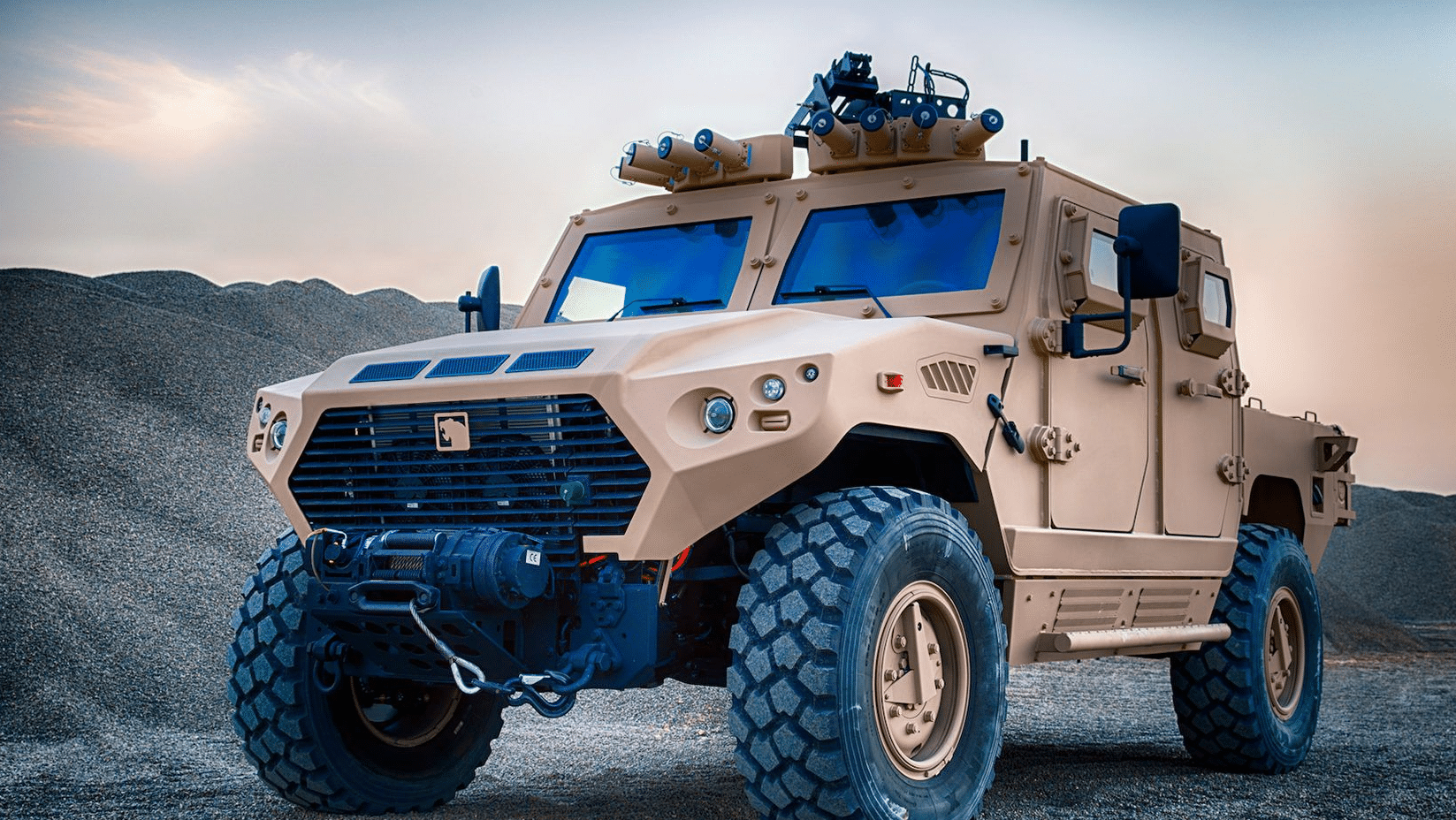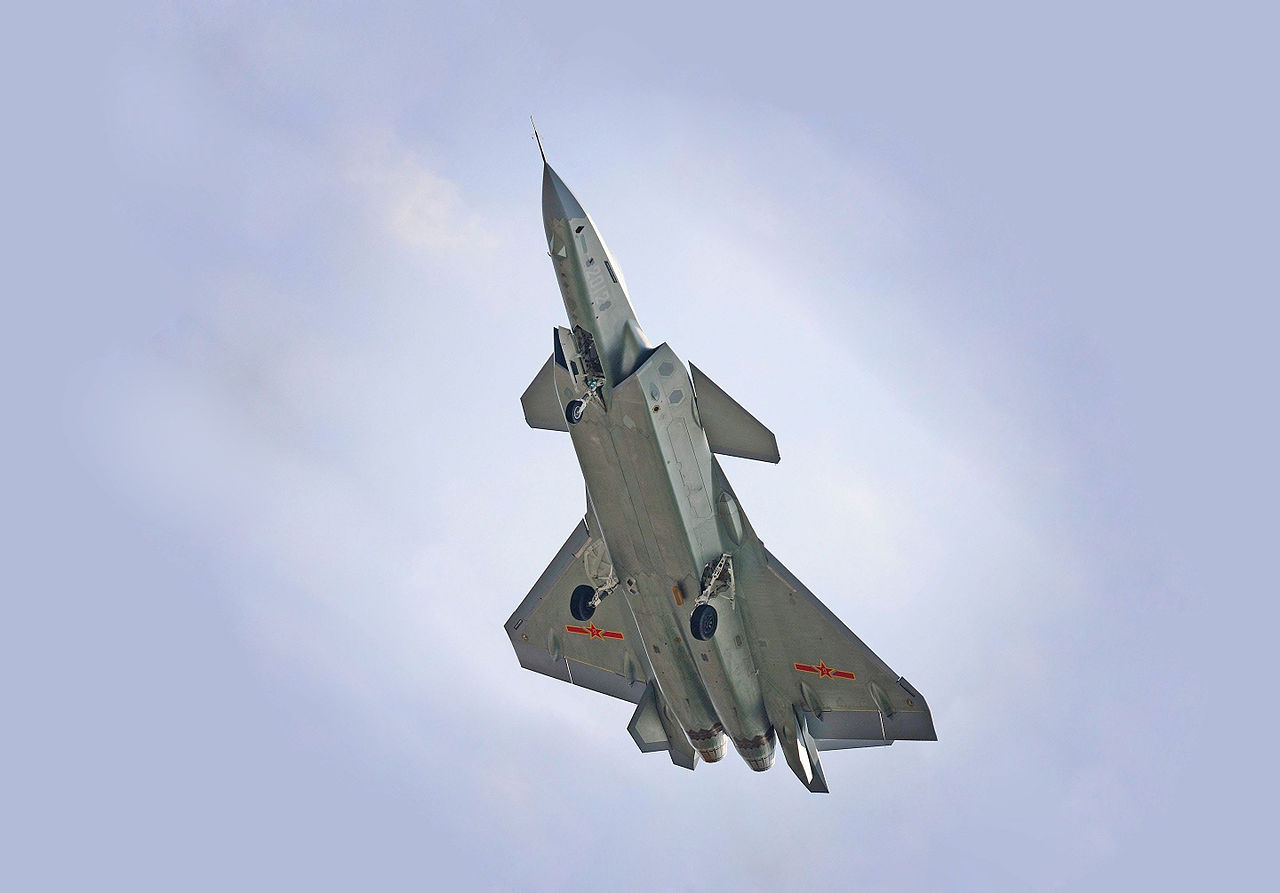2858Views 5Comments

Armed L-15 spotted flying
The armed L-15, which was first spotted by defence analysts as a small mock-up during the 2016 Singapore Air Show in February, was spotted flying in a celebratory video released by Hongdu Aviation Industries Group (HAIG) (IHS Jane’s).
The L-15 was equipped with a PL-5EII within-visual-range air-to-air missile (WVRAAM), an LS-6 INS/GPS precision-guided bomb (PGB), and potentially even a KG300 (or KG600) dedicated electronic warfare (EW) jamming pod. It is unclear if the aircraft spotted was a prototype or an actual production unit.
In addition to the munitions, the L-15 also apparently carries a passive electronically-scanned array (PESA) radar with a range of 75km. If this is correct, then the L-15 is capable of using beyond-visual-range air-to-air missiles (BVRAAM) such as the SD-10 active radar-guided BVRAAM to a genuinely useful extent.
Comment and Analysis
The HAIG L-15 is currently marketed as a modern lead-in fighter trainer (LIFT) solution, i.e. a trainer meant to bridge training pilots for fighter flying. However, as with its competitors – e.g. the Korean Aerospace Industries (KAI) T-50 – the L-15 is beginning to make the transition to a multi-role lightweight fighter. This is not surprising considering that its base performance specifications, e.g. ferry range, payload, speed, etc, are not too far off from larger lightweight fighters, such as the JF-17.
Dr. Richard Fisher, a prominent observer and analyst of Chinese defence issues, noted that HAIG may be aiming to one day equip the L-15 with an active electronically-scanned array (AESA) radar. If paired with a solid integrated electronic countermeasures (ECM) suite as well as the KG300 or KG600 EW pod, is there any doubt in the L-15’s value as a sharp entry-level fighter solution?
Paired with its ability to be used as a LIFT, it will be interesting to see how HAIG both develops and markets the L-15. It may just be that a fighter profile is secondary, but imagine if HAIG were to roll out a single-seat version of the platform. The L-15 would basically compete with the JF-17 (just as the dual-seat JF-17B could potentially compete against the L-15 in the LIFT profile). Looked at another way, possessing both the L-15 and JF-17 enables the Chinese to cover the full possible gamut of fighter options being pushed by the market.
More broadly, it will also be worth watching how the L-15 fares against the KAI T-50, Yakovlev Yak-130, and Leonardo (Alenia Aermacchi) M-346 Master. Specific differences (in avionics and weapons) aside, the L-15 is very comparable to these aircraft, but it will likely be more affordable and accessible. Zambia is the L-15’s first overseas customer.



5 Comments
by John Rue
Why not to build a low spec JF17 and have a choice to put any kind of weapon system there. Its average cost is 15 Million dollars (2008).
by Bilal Khan - Quwa
I think the cost between the JF-17 Block-I and an up-gunned L-15 isn’t going to be significant either way. In the end, it’ll likely boil down to specific preferences on the part of customers and PAC’s ability to readily accommodate. For example, the JF-17 may offer additional customization options, especially as PAC could integrate Western/non-Chinese subsystems. Alternatively, MiG-29 users could benefit from using the JF-17B as their LIFT, especially with the engine commonality between older model Fulcrums and the Thunder.
by Momin Khan
Would have been better if you could state up front what an L-15 is rather than having to figure out later.
by bla bla
@saqrkh:disqus @Jigsaww
Some comparison of Global eye (Saab) with P 8 Poseiden ?
by Abdul Rashid
Bla Bla, if you want I can re-open the P-8 Poseidon thread and you can post your query there?